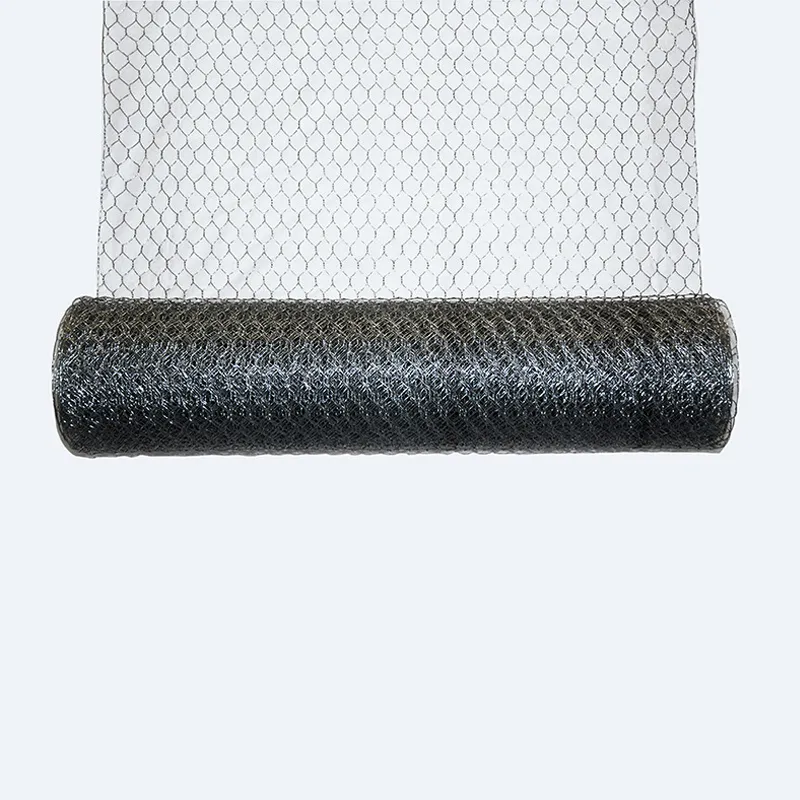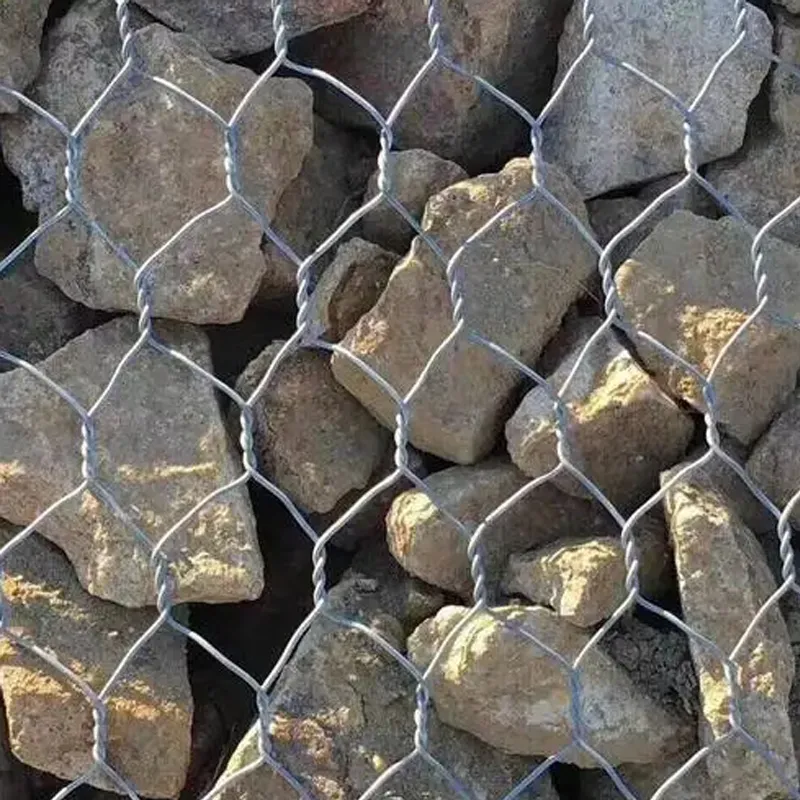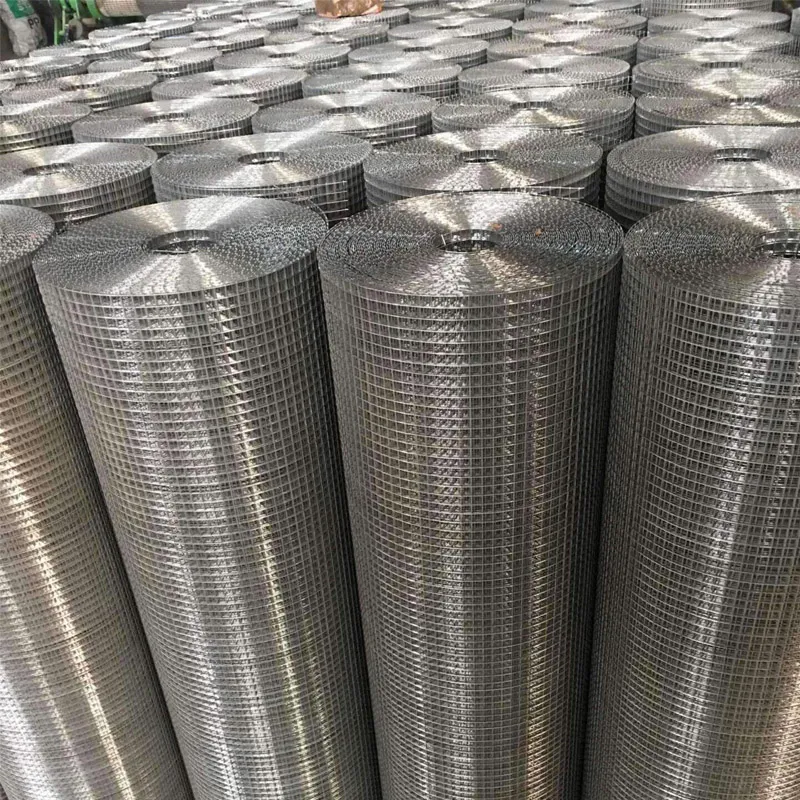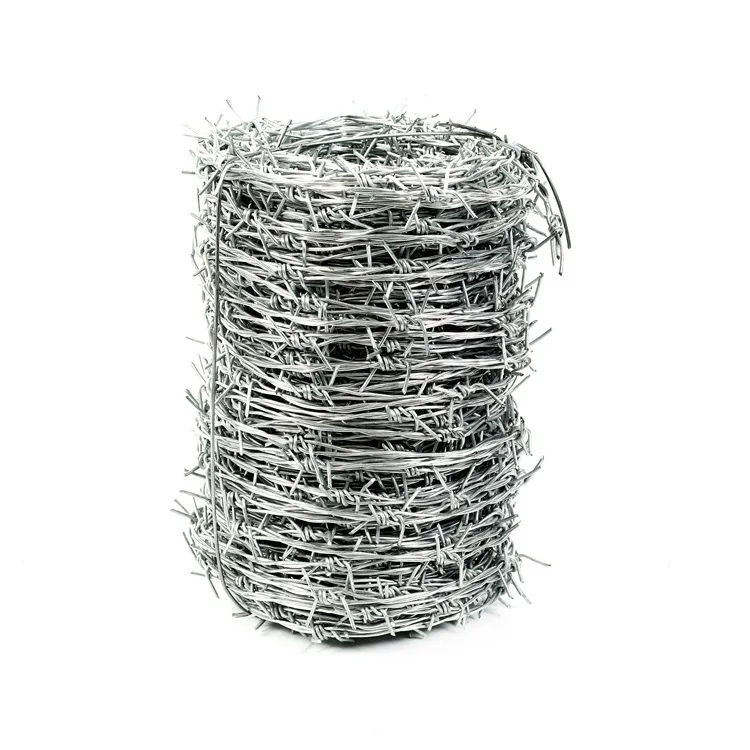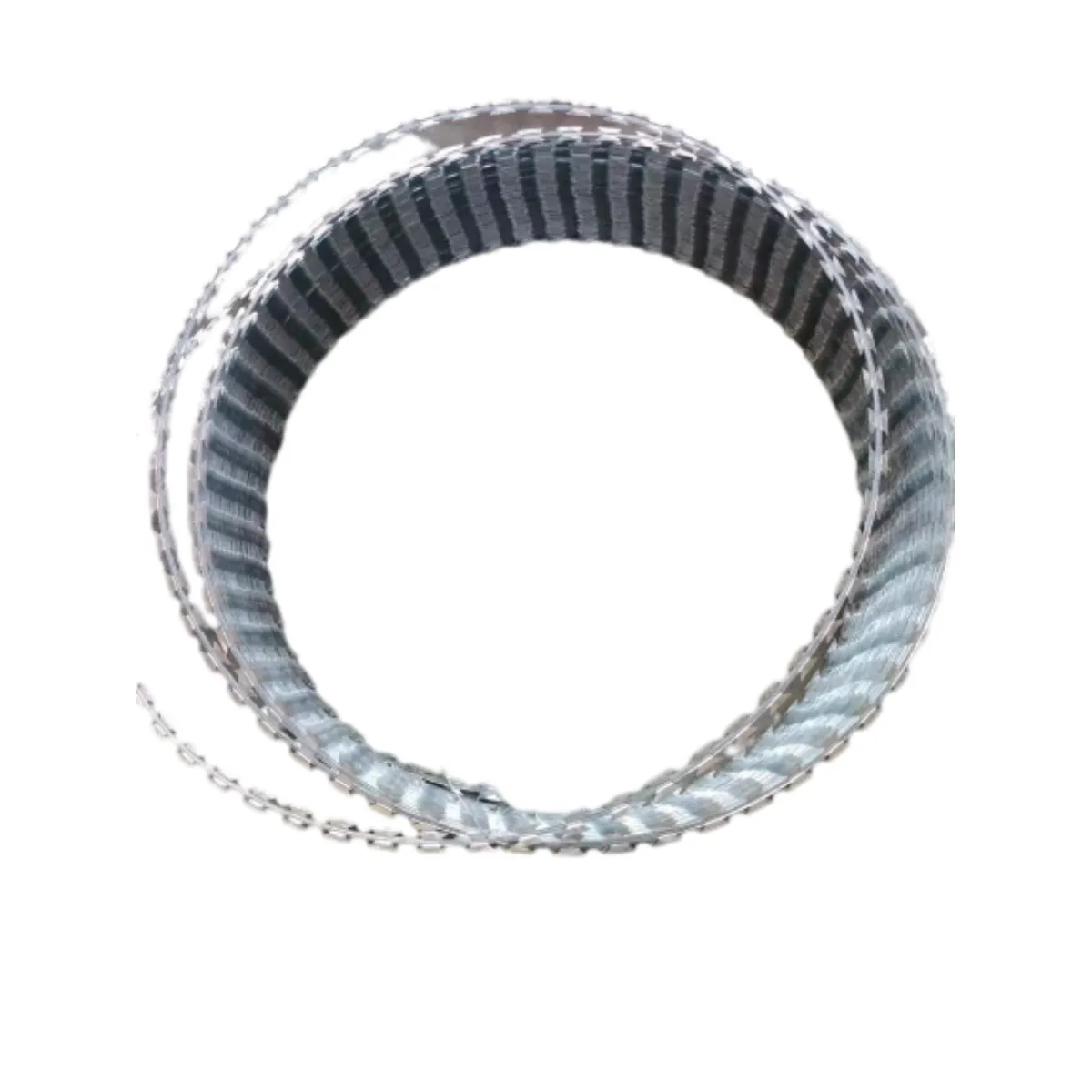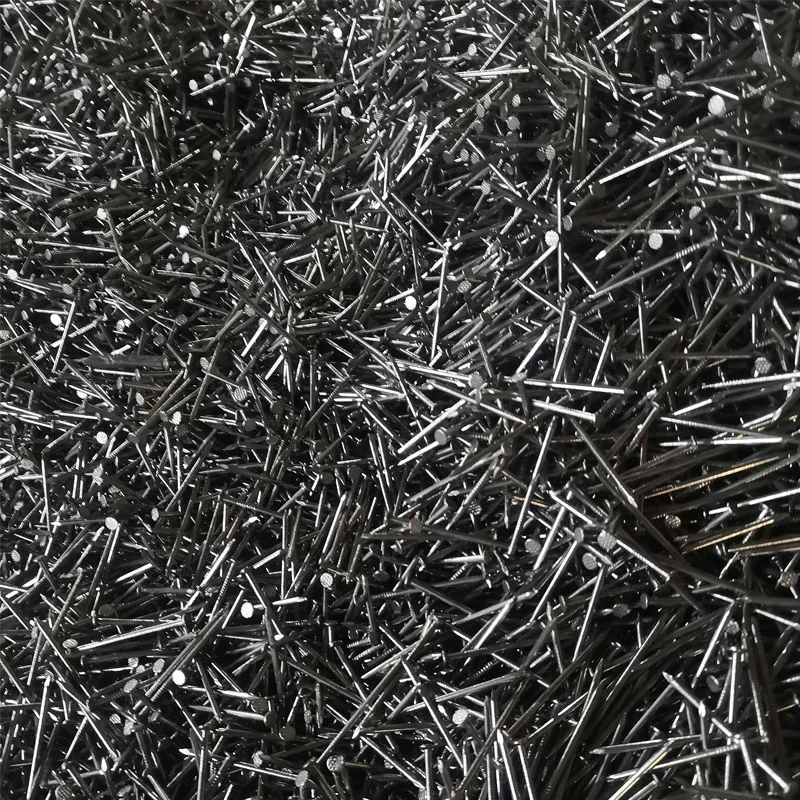Oct . 06, 2025 00:35 Back to list
Need Barbed Wire Mesh for Secure, Rust-Proof Fencing?
Barbed Wire: Field Notes from a Security-First Industry
If you work in perimeter security, agriculture, or utilities, you’ve definitely bumped into barbed wire mesh. I’ve toured quite a few yards where crews swear by hot-dipped options; others prefer PVC-coated in bold colors—easier to spot at dusk, they say. Trends are shifting, too: buyers want traceable steel, tighter QA, and lead times that don’t slide. Honestly, the last two years have been a stress test for everyone.
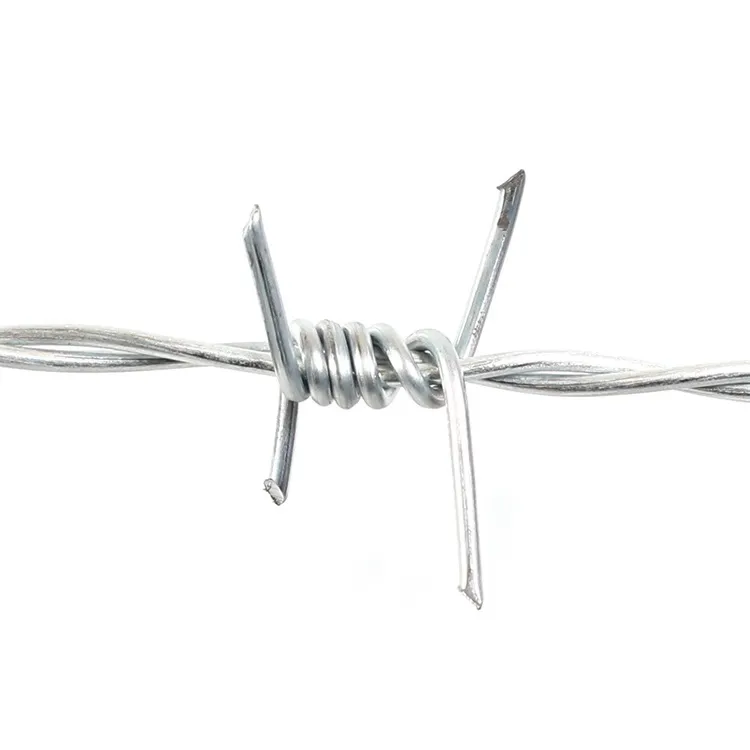
What’s hot right now
Three themes keep popping up: corrosion performance, color visibility, and compliance. Coatings—electro-galvanized for cost control, hot-dip for longevity, and PVC/plastic spray for abrasion resistance—are being specified down to the zinc grams per square meter. In fact, more tenders ask for ASTM and EN test certificates upfront. And yes, pricing swings with zinc and energy costs, but buyers still prioritize consistent barb spacing and tensile strength. It seems that reliability beats bargain-bin.
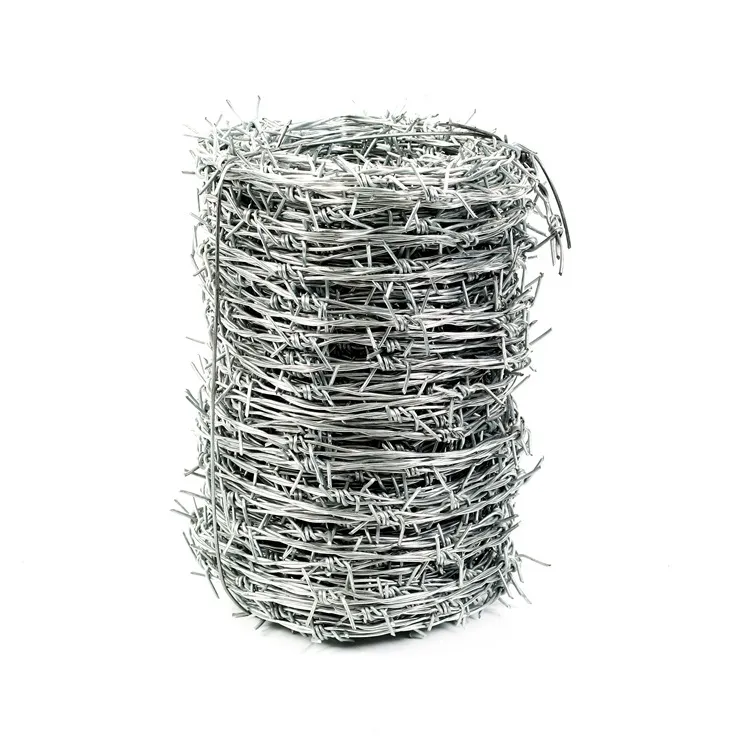
Specification snapshot
| Parameter | Typical Range | Notes |
|---|---|---|
| Twist type | Single twist / Double twist | Double twist for higher rigidity |
| Core wire diameter | ≈ 1.6–2.8 mm | Tolerance per EN 10218 |
| Barb spacing | 76–127 mm | Closer spacing = higher deterrence |
| Barb length | 12–20 mm | Real-world use may vary |
| Coatings | Electro-Galv / Hot-Dip / PVC / Spray | Zinc ≈ 40–275 g/m² (HDG) |
| Tensile strength | 350–550 MPa | ASTM A370 testing |
| Colors | Blue, Green, Yellow, others | PVC/plastic coat for visibility |
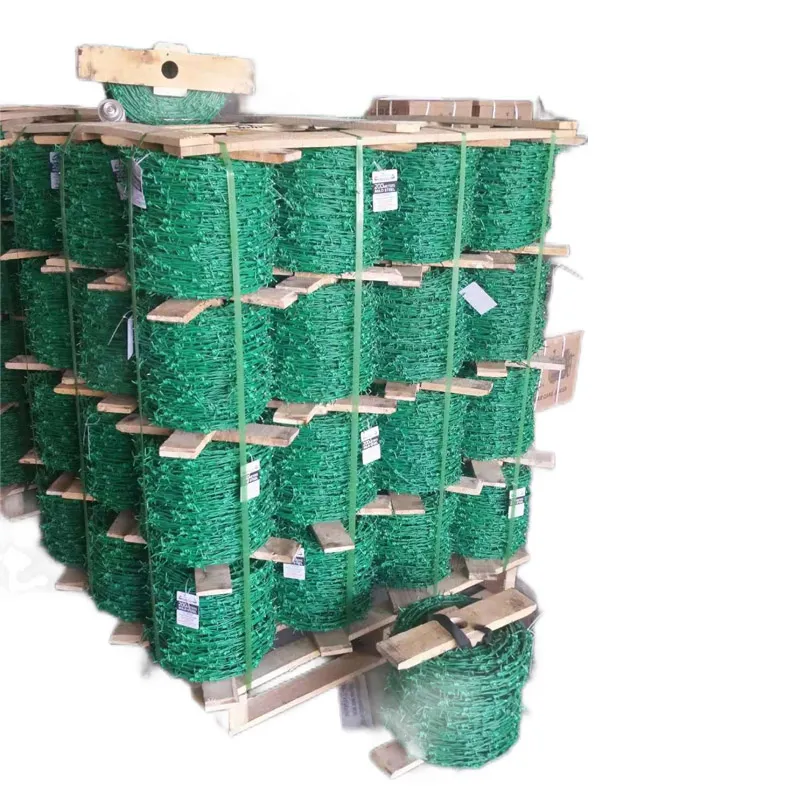
How it’s made (and tested)
Raw material is high-quality low-carbon steel wire, drawn to size, then coated: electro-galvanized for budget lines or hot-dipped for harsh climates. PVC coating (or plastic spray) is applied where color and abrasion resistance matter. Barbs are formed and wrapped on the line; twist can be single or double. QC pulls samples for tensile checks (ASTM A370), zinc weight (ASTM A90/A90M), and corrosion exposure (ISO 9227 salt spray). Typical service life: ≈ 5–10 years (electro-Galv), 12–25 years (hot-dip, rural), 10–20 years (PVC over Galv)—environment-dependent, to be honest.

Where it’s used
- Agriculture: property lines, livestock protection (with signage).
- Industrial yards and logistics parks: perimeter top-lines above chain-link.
- Utilities and substations: rapid deploy kits for temporary worksites.
- Transport corridors: bridges, depots—where daylight color coding helps.
Many customers say barbed wire mesh pays for itself by deterring casual trespass. Not glamorous, but effective.
Vendor comparison (quick take)
| Vendor | Origin | Coating Range | Lead Time | Certs | Notes |
|---|---|---|---|---|---|
| Yiszhe Wire Mesh | Business building Tongxiang, Shijiazhuang, Hebei | Electro / HDG / PVC / Spray | ≈ 7–15 days | ISO 9001, test reports | Strong color range; double-twist options |
| Vendor A | Domestic/regional | Electro / HDG | 10–20 days | ISO 9001 | Basic SKU set |
| Vendor B | Import | HDG / PVC | 15–28 days | ISO 9001, CE (where applicable) | Higher MOQ |

Customization and field results
Custom picks include barb spacing (76 mm for high-risk zones), twist type (double for utility yards), and color (green or yellow for line-of-sight). One Texas rancher told me their barbed wire mesh with HDG + PVC held up after two hail seasons and still tested above 90% of initial tensile spec. Another case: a Southeast Asia logistics park used green PVC-coated barbed wire mesh over chain-link; ISO 9227 neutral salt spray ran 240 hours with no red rust, which is solid for coastal air.

Final thoughts
Choose coating for your climate, confirm tensile and barb spacing tolerances, and ask for recent test data—don’t be shy. Documentation aligned to ASTM, EN, and ISO standards is your friend, especially when projects get audited.
Authoritative references
- ASTM A90/A90M – Standard Test Method for Weight of Coating on Iron and Steel Articles.
- ASTM A370 – Standard Test Methods and Definitions for Mechanical Testing of Steel Products.
- EN 10244 – Steel wire and wire products – Non-ferrous metallic coatings on steel wire.
- ISO 9227 – Corrosion tests in artificial atmospheres – Salt spray tests.
-
Pre Cut Wire - Straightened, Deburred, Custom Lengths
NewsNov.17,2025
-
Binding Wire for Sale - Durable, Rust-Resistant, Bulk Deals
NewsNov.17,2025
-
Field Fencing for Horses – Safe, Durable, Easy Install
NewsNov.17,2025
-
Euro Fence Factory: Durable, Custom Euro Style Fences
NewsNov.17,2025
-
Euro Fence Factory: Durable OEM Panels, Direct Pricing
NewsNov.17,2025
-
Chain Link Fence Suppliers | Galvanized, Factory-Direct
NewsNov.11,2025


